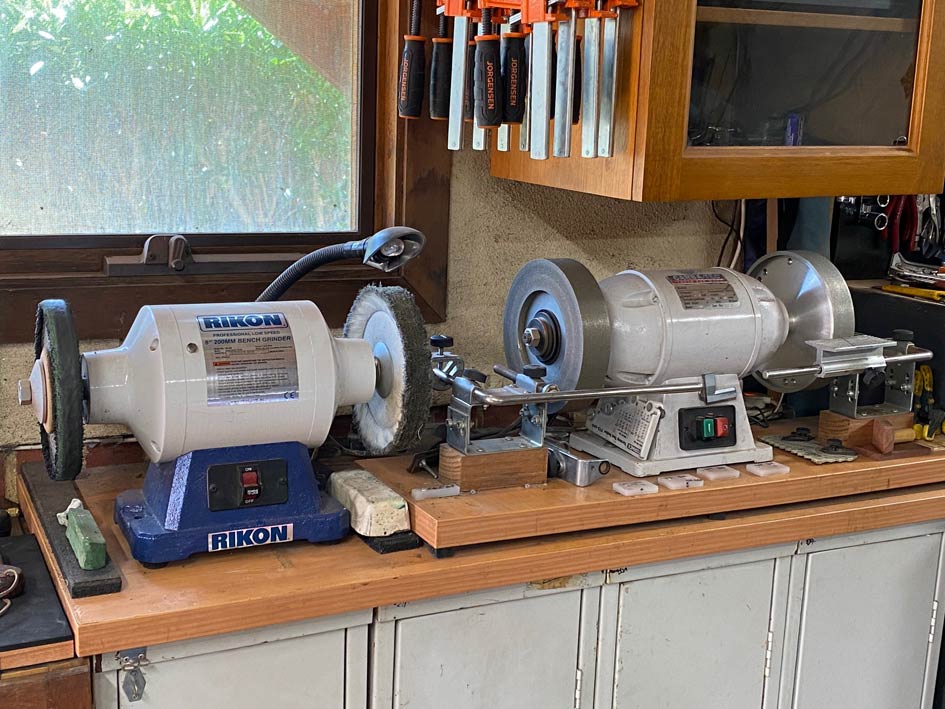bp122
Expert at Jibber-Jabber
Hi all
I know, this is a stale topic, but would really appreciate the advice.
I'm looking for a used Tormek 2000 or Robert Sorby Pro edge for sharpening plane irons, chisels and knives.
Reason for used?
Can't afford brand new of either of these.
Can someone please recommend which one is better suited for a hobbyist?
I don't tend to have a lot of "restore tool" projects, but mainly to stay on top of the sharpening of the planes and the chisels I use.
And no, I have given plenty of time to sharpen things by hand using jigs - results were good but too much faf. I also tried free hand for a while, but now all my chisels and planes have a convex bulge, don't know what the angle on them is and its taking an awful long time to get them to a straight bevel(s) using jigs.
That's why I'm in the market for a sharpening solution.
What I want to know is, if the sharpener is setup permanently in an accessible way and I only need to sharpen and things as I'm using the tools, which of these is a better buy in terms of ease, result, noise, mess (water or dust), repeatability and value for money.
Thanks in advance.
Bp
I know, this is a stale topic, but would really appreciate the advice.
I'm looking for a used Tormek 2000 or Robert Sorby Pro edge for sharpening plane irons, chisels and knives.
Reason for used?
Can't afford brand new of either of these.
Can someone please recommend which one is better suited for a hobbyist?
I don't tend to have a lot of "restore tool" projects, but mainly to stay on top of the sharpening of the planes and the chisels I use.
And no, I have given plenty of time to sharpen things by hand using jigs - results were good but too much faf. I also tried free hand for a while, but now all my chisels and planes have a convex bulge, don't know what the angle on them is and its taking an awful long time to get them to a straight bevel(s) using jigs.
That's why I'm in the market for a sharpening solution.
What I want to know is, if the sharpener is setup permanently in an accessible way and I only need to sharpen and things as I'm using the tools, which of these is a better buy in terms of ease, result, noise, mess (water or dust), repeatability and value for money.
Thanks in advance.
Bp





